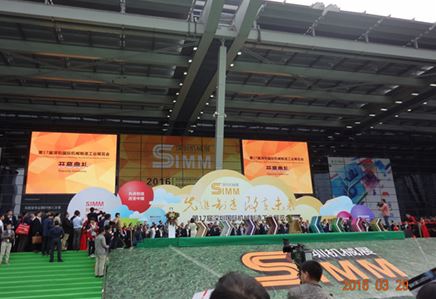A new technology for applying sheet metal adhesive to the exposed edge gaps of the vehicle body
When manufacturing car bodies, car manufacturers usually apply sheet metal adhesive to the exposed edges of the body to prevent metal welding residues, water, snow, dust, etc. from accumulating and causing steel plate corrosion. But when doing sheet metal repairs, many parts of the sheet metal adhesive are often damaged and have to be reapplied. When applying sheet metal adhesive, it is often due to factors such as equipment and technology that the desired effect cannot be achieved, resulting in poor aesthetics and obvious repair marks. The author has summarized some of their own methods through accumulation in daily work. If applied using this method, the effect is relatively ideal, almost comparable to the original car. Here, the author will introduce the experience to everyone, in order to achieve the role of throwing bricks and attracting jade.
There are generally three methods for applying sheet metal adhesive to the exposed edge gaps: brushing method (used for areas where the application is not obvious, such as the lower part of the rear bumper, the inner side of the main beam, etc.); Finger compression method (used for more obvious areas, such as the opening groove of the trunk); One shot forming method (used for obvious parts such as car doors, hood, etc.). Due to the lower technical requirements of the first method, we will not provide a detailed introduction here. The author will focus on the latter two application methods. Regardless of the method used, the maintenance technician needs to pay attention to: when applying, it should be as consistent as possible with the original colloidal appearance of the vehicle.
Before carrying out the operation, the maintenance technician needs to make preparations, especially safety protection work. During the application process, the maintenance technician should wear protective goggles, dust masks (absorbent organic solvent type), work caps, anti solvent gloves, and safety shoes.
1、 Finger squeezing method
1. Tools and materials prepared
One glue gun and one sheet metal glue each, as well as gasoline, cotton yarn, epoxy primer, etc.
2. Application process
(1) Wipe the joints clean, remove oil, water, rust, and residual colloids, and apply epoxy primer. If the joint has been repaired, the sheet metal adhesive should be applied after the atomic gray is applied, polished, and sprayed with primer.
(2) Cut a small hole in the nozzle of the sheet metal adhesive with a blade. This hole cannot be too large, as this method applies a thin layer of adhesive and does not require too much adhesive. If the hole is too large and too much glue is squeezed out, it will increase the working strength of the application and cause unnecessary waste. Use a glue gun to evenly squeeze the glue onto the joint.
(3) The maintenance technician puts on anti solvent gloves and squeezes the glue into the gaps. Then, use cotton yarn to wipe off the remaining glue on the gloves, dip it in gasoline, smooth out the glue at the seams, and remove any excess glue around the seams. This step of work is quite cumbersome, and if you don't pay attention, you may rub off the adhesive at the seams (dip it in gasoline during operation to avoid the sheet metal adhesive from getting on the gloves, and the surface of the adhesive will be very flat after application).
2、 One shot forming method
During the manufacturing of vehicles, it is relatively easy to form them in one go due to the mechanical operation. In maintenance work, when the maintenance technician performs a molding operation, uneven squeezing force and movement speed of the glue, and unsatisfactory movement trajectory can lead to uneven coating thickness and surface roughness.
1. Tools and materials prepared
Glue gun, sheet metal adhesive, gasoline, cotton yarn, epoxy primer, paper tape, compass, thin iron sheet (which can be replaced with scrap sheet metal hose), iron sheet scissors, pointed nose pliers, blades, tape measure, and rubber scraper, etc.
2. Application process (taking the application of the rear trunk cover as an example)
(1) Thoroughly wipe the joints clean, remove oil, water, rust, and residual colloids, and apply epoxy primer.


